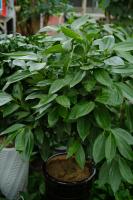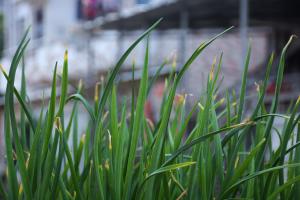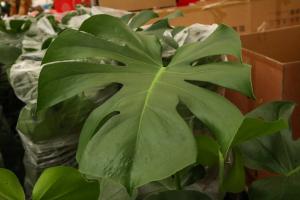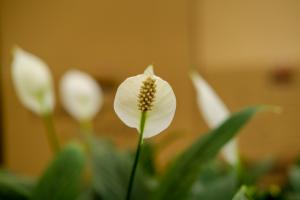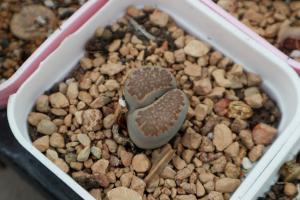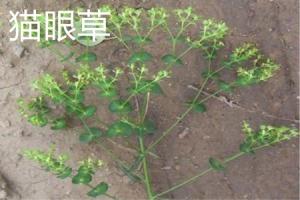1、 Curing method
1. Temperature: Hangzhou White Chrysanthemum likes a cool growth environment. Its cold resistance is relatively high, but its high temperature resistance is very poor. It can grow in an environment of minus five degrees in winter. The temperature in summer should not be too high to avoid wilting, so it is necessary to cool it

2. Watering: I like wet soil, but I can't keep it wet all the time, so I need to control watering. After watering thoroughly, I need to keep normal ventilation. If there is too much water, it is likely to rot roots. I should pay attention to it in the muggy weather in summer

3. Light: light loving plants have higher requirements for light during flowering. If the light is not enough, the number of flowers will be reduced. At the same time, the flowers will be relatively small and bloom incompletely. Strong light should also be properly avoided, but it will not be affected under normal circumstances

4. Fertilization: timely supplement of soil nutrients is conducive to normal growth. Although it does not require fertilizer, it can be applied once every half a month, and can also prevent and control the occurrence of some diseases and pests

2、 Breeding skills
1. Propagation: sowing and cutting are its main propagation methods. Both methods are suitable for spring. The sowing method can be planted in large quantities. Cutting can choose about 10cm strong branches, and then directly cutting can be done. This method is simple and easy to live, but it can not be planted in a large area

2. Pruning: Hangzhou White Chrysanthemum may have lodging phenomenon in the growth process. You can control the height by pruning, so as to reduce the occurrence of this phenomenon. At the same time, you also need to cut off some flower buds when flowering, leaving the flowers on the trunk, so that its flowering will be more vigorous

3、 Diagnosis and treatment problems
1. Disease: leaf blight occurs from June to September every year and can be controlled with wettable powder

2. Insect pests: aphids will harm normal flowering. If they are found early, they can directly remove the branches and leaves with insect pests or spray diluted pesticides

4、 Other issues
1. Toxicity: no toxicity, it is recommended to breed

2. Whether it can be raised at home: Yes, but it needs to change the pot from time to time, because its branches are fast


 jackfruit
jackfruit snake plant
snake plant hibiscus
hibiscus hydrangea
hydrangea lavender
lavender Green roses climb al...
Green roses climb al... If you don't pay att...
If you don't pay att... Management of four g...
Management of four g...
